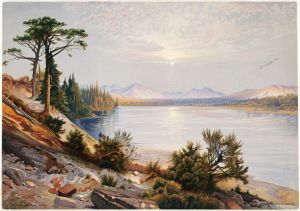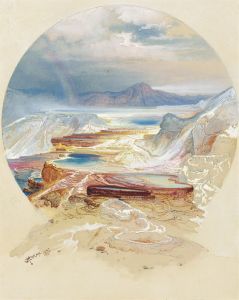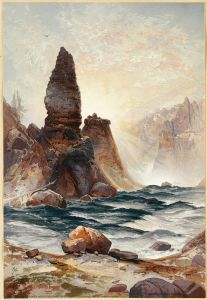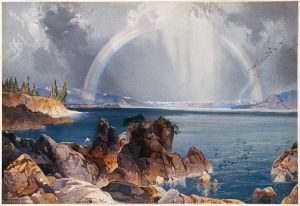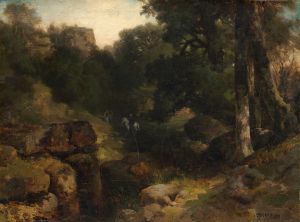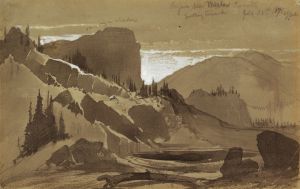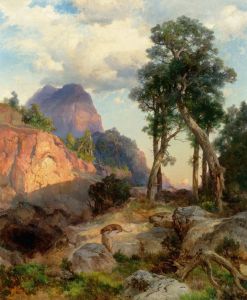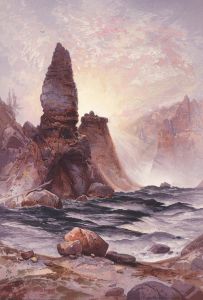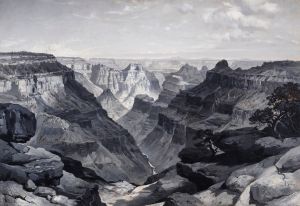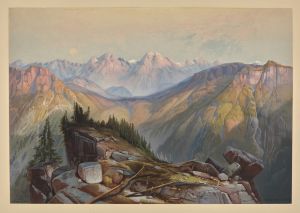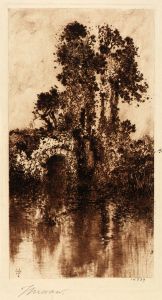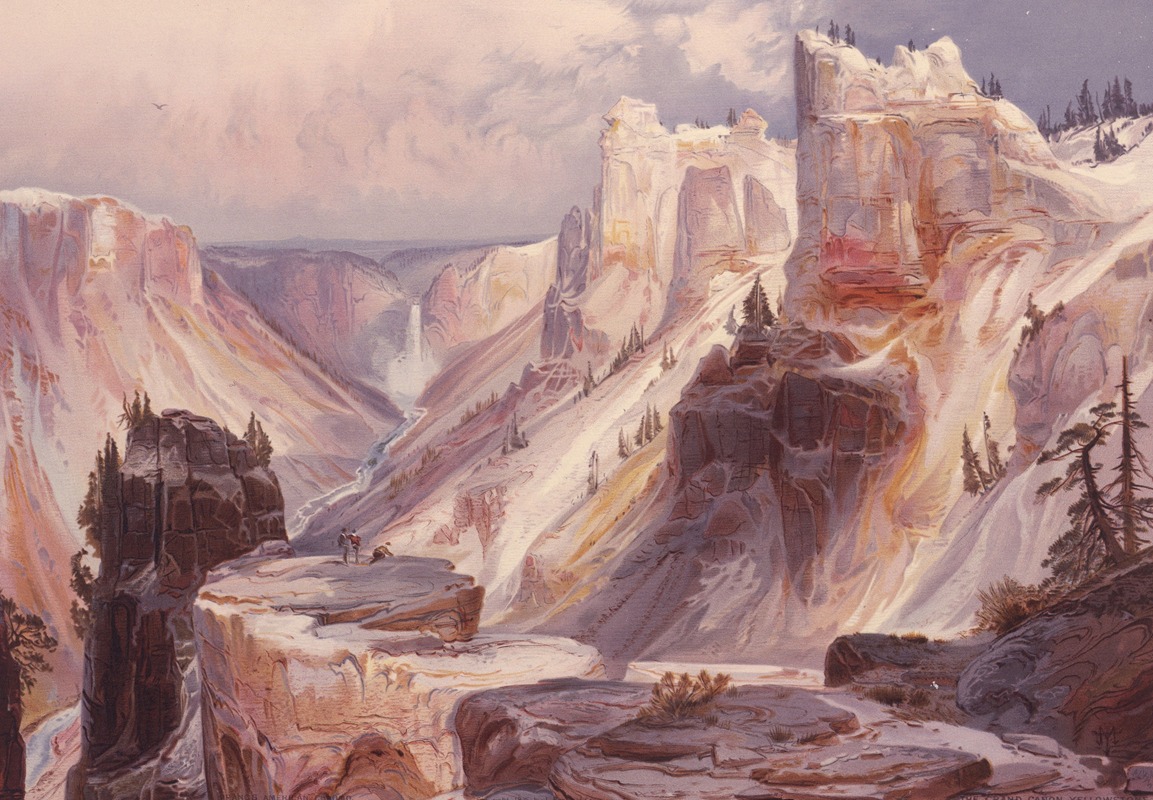
The Grand Canyon, Yellowstone
A hand-painted replica of Thomas Moran’s masterpiece The Grand Canyon, Yellowstone, meticulously crafted by professional artists to capture the true essence of the original. Each piece is created with museum-quality canvas and rare mineral pigments, carefully painted by experienced artists with delicate brushstrokes and rich, layered colors to perfectly recreate the texture of the original artwork. Unlike machine-printed reproductions, this hand-painted version brings the painting to life, infused with the artist’s emotions and skill in every stroke. Whether for personal collection or home decoration, it instantly elevates the artistic atmosphere of any space.
"The Grand Canyon, Yellowstone" is a renowned painting by the American artist Thomas Moran, who played a significant role in the exploration and artistic documentation of the American West during the 19th century. Moran was born in 1837 in Bolton, England, and later moved to the United States, where he became one of the most prominent landscape painters of his time. His work is often associated with the Hudson River School, a mid-19th century American art movement known for its romantic portrayal of the American landscape.
Thomas Moran's artistic career was significantly influenced by his travels to the American West, particularly his visits to Yellowstone and the Grand Canyon. These expeditions were pivotal in shaping his artistic vision and contributed to the growing interest in the natural wonders of the United States. Moran's paintings were instrumental in the establishment of Yellowstone as the first national park in 1872, as they captured the imagination of the public and policymakers alike.
"The Grand Canyon, Yellowstone" is one of Moran's masterpieces, showcasing his ability to depict the grandeur and majesty of the American landscape. Although the title suggests a focus on both the Grand Canyon and Yellowstone, it is important to note that these are two distinct locations. Moran's work often combined elements from different places to create a composite image that conveyed the essence of the American wilderness.
Moran's technique involved the use of vibrant colors and dramatic lighting to emphasize the vastness and beauty of the landscapes he portrayed. His attention to detail and ability to capture the sublime qualities of nature made his paintings stand out. In "The Grand Canyon, Yellowstone," Moran's use of light and shadow creates a dynamic composition that draws the viewer into the scene, evoking a sense of awe and wonder.
The painting reflects Moran's deep appreciation for the natural world and his commitment to preserving its beauty through art. His work not only contributed to the artistic heritage of the United States but also played a role in the conservation movement, highlighting the importance of protecting natural landscapes for future generations.
Moran's legacy continues to influence artists and environmentalists today, as his paintings serve as a reminder of the intrinsic value of the natural world. "The Grand Canyon, Yellowstone" remains a testament to Moran's skill as an artist and his dedication to capturing the spirit of the American West. Through his work, Moran has left an indelible mark on both the art world and the history of environmental conservation.





